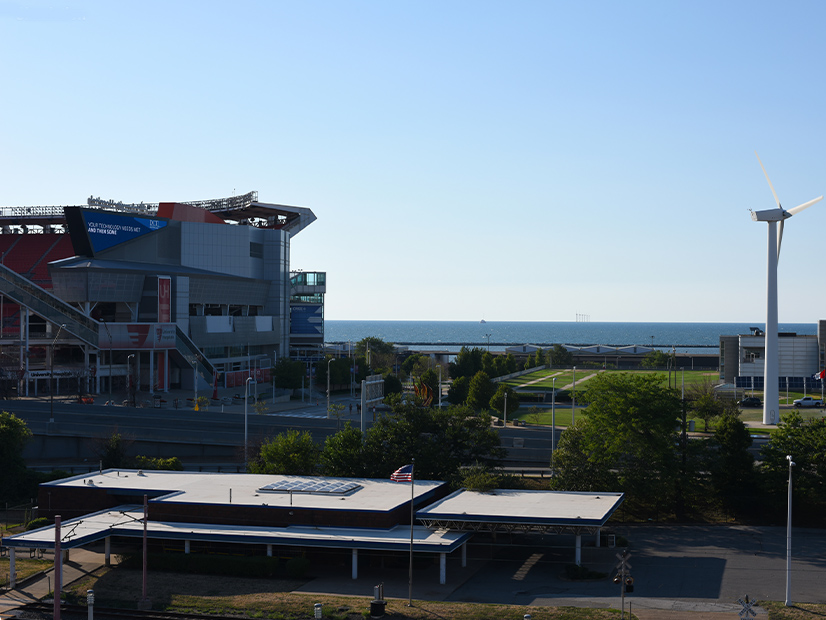A pioneering Great Lakes offshore wind proposal progressing in fits and starts since 2009 has been put on hold.
The Lake Erie Energy Development Corp. announced Friday that Icebreaker Wind has become financially untenable. In a Facebook post, LEEDCo said it is looking at ways to resume work on the project in the future, but for now, halting work is the most responsible decision given the circumstances.
As with other U.S. offshore wind projects, high interest rates and rising cost of materials have affected Icebreaker’s financials. But it also faced regulatory delays, legal challenges and other obstacles, LEEDCo said, to the point the project’s private development partner ceased financial support.
The Icebreaker plan calls for six 3.45-MW turbines to be placed in Lake Erie, 8 miles north of Cleveland. It was to be the first freshwater wind farm in the U.S.
Offshore wind in the Great Lakes faces a different set of challenges than the facilities being planned and built off the U.S. coast in the Atlantic and Pacific oceans: Ice develops on the Great Lakes in winter, some of the lakes are quite deep, the large vessels used for turbine installation cannot navigate lake locks and the cost is higher.
For these reasons, New York — an enthusiastic promoter of offshore wind — has shelved consideration of energy development in Lake Erie and Lake Ontario. (See NY Great Lakes OSW Too Expensive, Study Determines.)
With Icebreaker, LEEDCo had a long-running series of challenges placed in its path. The Ohio Power Siting Board, for example, placed no fewer than 33 conditions on the project when it approved construction in 2020. Among them: An initial requirement that the turbines not spin at night from March through October to reduce risk to bats and birds.
A citizen lawsuit caused additional problems. (See Ohio Supreme Court Gives Go-ahead to Icebreaker Wind Farm.)
LEEDCo board member Will Friedman said the Siting Board’s lengthy review and the frivolous lawsuits funded by dark money tied to fossil fuel interests caused extensive delay and expenses for the project.
They also caused the U.S. Department of Energy — with LEEDCo’s agreement — to terminate a funding package because Icebreaker could not meet DOE milestones, he said.



